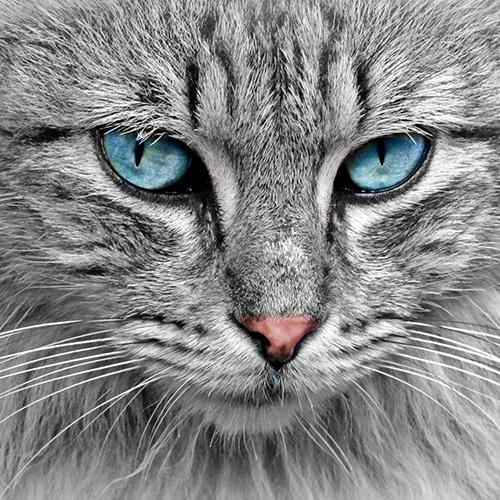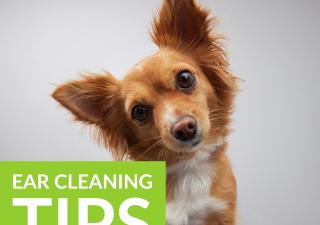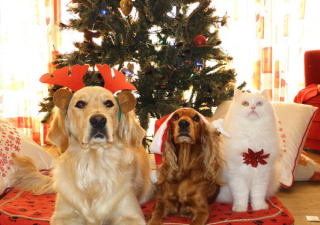
My cat is overweight - what should I do?
Back to overviewDo you believe that your cat controls their own diet?
Have you got in the habit of filling their bowl whenever it is empty?
Do you give your cat treats or leftovers?
If you answered “yes” to any of these, it is time to change your habits… because your cat is getting rounder before your very eyes!
How do I know if my cat is overweight?
There are different breeds of cats, with varying shapes.
If you think your cat has been eating too much food lately, try to feel their ribs. If you have trouble feeling them or cannot feel them, your cat is likely overweight.
On the other hand, a “pocket” of skin under the belly is not necessarily a sign of an overweight cat. Feel it to try to see if it contains fat.
You can also consult the following chart*
If you are unsure, or if you want to determine the ideal weight for your cat, consider making an appointment with your vet, because determining a target weight and an action plan for weight loss is not an easy task!
No strict diets or yo-yo fasting diets
Extreme diets and magic cures for weight loss are not recommended for humans… so strict diets and fasting are not good for our cats either.
Your vet will help you determine how much food to give your cat based on the calorific intake of the brands considered. Wet cat food usually has fewer calories per gram than dry food, because it contains more water. Energy requirements are higher in young cats, so it is vital to set up a nutritional plan with your vet. He or she will also be able to advise you about good feeding habits and how to interpret the instructions on the label.
Never make your cat fast! Restricting food can cause serious health complications for cats.
Weigh your cat regularly
Weighing is still the best way to regularly monitor your cat’s weight. Once your cat is an adult (at about one year, depending on the breed), get in the habit of weighing them every month. The easiest way is to get on a scale with your cat and then without your cat and calculate the difference. Remember that outdoor cats gain weight in the autumn to prepare for the cold. However, that gain should not exceed 5%. Keep track of the monthly weight to be able to compare from one year to the next.
Get your cat moving
A little sport is good for your cat’s morale and helps them regain and maintain a balanced weight. Check out our tips for making sure your cat gets exercise in a small space. However, if your cat has osteoarthritis related to age or weight, consult your vet. Your vet will advise you on the proper treatment so that your kitty regains some of their mobility and movement!
* WSAVA, Nutritional Assessment Guidelines, 2011
Tips & Tricks
- Easter is a wonderful time of year with so many chocolate Easter eggs in abundance, but make sure you do not let your pet near them.
- With Brexit deal still in negotiation and a possibility of a ‘no deal’ scenario, there are no concrete answers just yet – but to help you become more informed, here is our Q&A on what we can find so far.
- Build-up of wax and debris in your pet's ear canals can lead to discomfort and irritation. Cleaning your pet’s ears can have a lot of benefits and here are some tips to get you started!
Christmas is an exciting time, but there are some things you want to keep your pet away from this Christmas.





